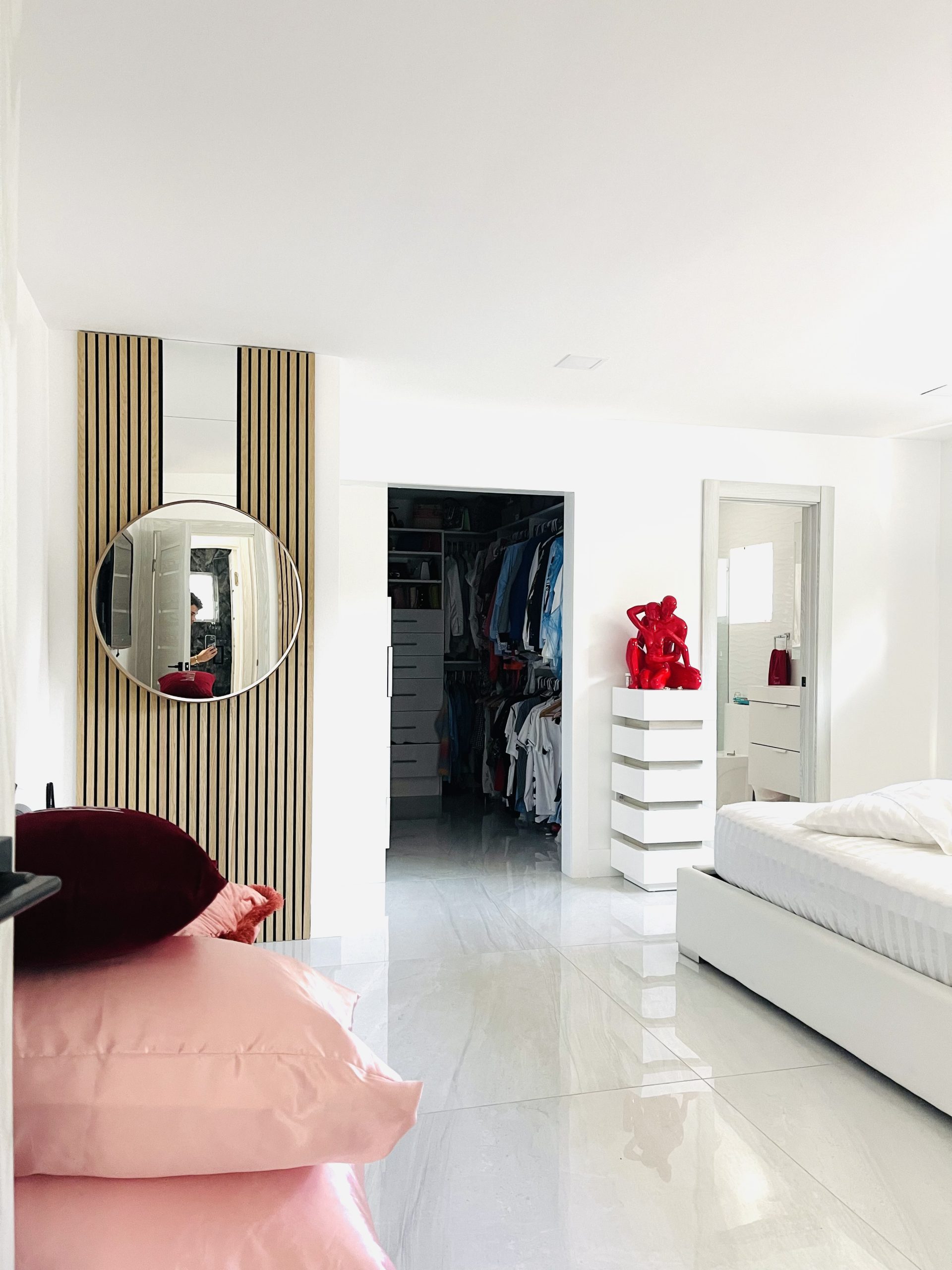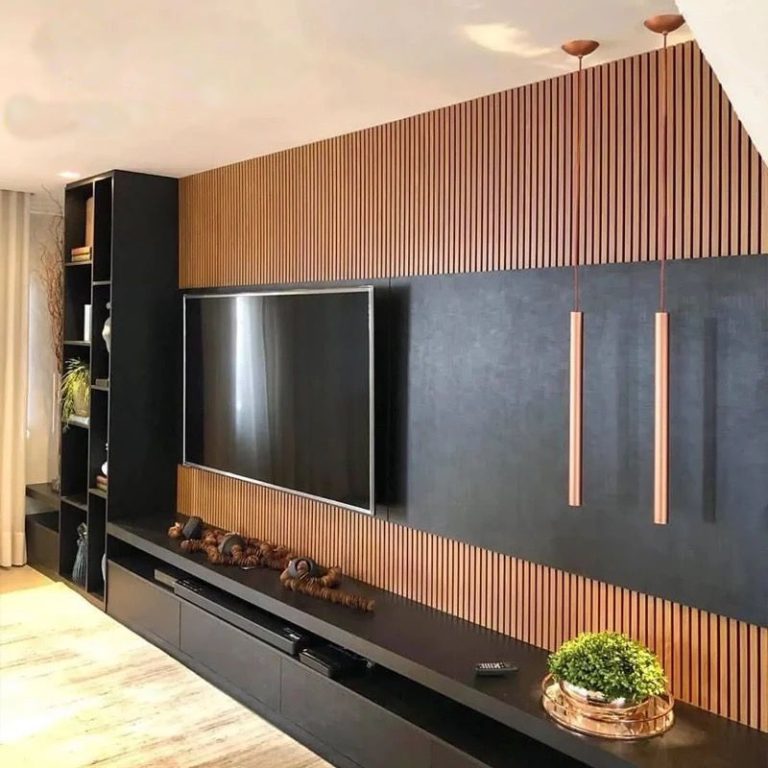
Rustic Revival: Why Wood Wall Paneling is the Ultimate Interior Upgrade
Embrace Nature Indoors with Wood Wall Paneling
Step into a world where elegance meets earthiness. Wood wall paneling is no longer a relic of retro décor—it’s a contemporary staple that’s transforming homes and commercial interiors alike. From textured drama to cozy minimalism, wooden walls are making bold statements across modern design trends. Let’s uncover how this time-honored material is redefining interior spaces with both beauty and benefits. Many modern decorators are turning to
for inspiration when using natural elements like wood.
Aesthetic Brilliance That Makes a Statement
Walls are your home’s canvas—and wood wall paneling is the perfect medium to paint a masterpiece of warmth and sophistication. Homeowners aiming for a cozy yet elegant space often explore
as part of their design strategy.
Artful Design That Speaks
Wooden textures infuse depth and dimension, giving bland walls a tactile identity. Each panel, with its unique grain and tone, acts as an organic work of art.
Style Flexibility Across Eras
Whether you’re inspired by coastal chic, rustic cabin vibes, or sleek urban styles, there’s a wood wall paneling design to match:
- Shiplap for a clean, farmhouse look
- Slat walls for a modern, architectural feel
- Board and batten for a classic Americana aesthetic
Material and Finish Options
Choose from rich walnuts, pale oaks, or eco-friendly bamboo. Go raw, stained, or painted—whatever complements your interior dream.
More Than Meets the Eye: Functional Perks
Beyond its captivating look, wood wall paneling delivers utility where you least expect it.
- Thermal Insulation: Keeps rooms cozier in winter and cooler in summer.
- Acoustic Absorption: Mutes echoes and external noise for a tranquil ambiance.
- Durability: Resistant to dents and everyday wear compared to drywall.
These practical benefits make wooden panels an excellent choice for:
- Bedrooms
- Home offices
- Media rooms
- Restaurants and cafés
Effortless Upkeep with Lasting Beauty
Maintenance is a breeze when it comes to wood wall paneling.
Easy to Clean
Just a gentle dusting or occasional wood-safe polish keeps the surface gleaming—no scrubbing required.
Built for the Long Haul
Unlike paint that chips or wallpaper that peels, wood panels hold up beautifully through years of use, making them a smart long-term investment.
Elevates Real Estate Appeal Instantly
Buyers and renters often associate wood wall paneling with quality and timeless style. That means:
- Increased property value
- Greater visual appeal in listings
- Faster home sales or rental decisions
Eco-Conscious and Sustainable by Nature
Choosing wood wall paneling is a vote for sustainable living—especially when sourced responsibly.
Eco-friendly paneling options include:
- FSC-certified wood: Ensures responsible forest management
- Reclaimed timber: Offers a vintage charm while reducing waste
- Bamboo panels: Renewable and fast-growing
These choices not only reduce your carbon footprint but also contribute to better indoor air quality.
Creative Ways to Use Wood Wall Paneling
Incorporating
into your plans is an easy way to elevate your overall design narrative. Wood doesn’t just belong in the living room. Here are inspired ways to incorporate it throughout your space:
- Headboard walls in bedrooms
- Accent panels behind open shelving
- Ceiling paneling for a dramatic finish
- Entryway statement walls
- Pantry or mudroom enhancements
Pair It Right:
- Combine with metal fixtures for an industrial contrast
- Use with soft textiles to balance textures
- Mix with glass or mirrors for light play and dimension
Common Types of Wood Wall Paneling
Here’s a quick reference guide to help you choose the right paneling:
Description List:
- Beadboard: Narrow vertical planks with a ridge (or “bead”) between each board. Ideal for cottage-style designs.
- Shiplap: Horizontal planks with slight gaps, offering a modern farmhouse aesthetic.
- Tongue and Groove: Boards that interlock seamlessly. Great for a smooth, uniform look.
- Board and Batten: Wide panels with vertical battens. Perfect for adding structure and elegance.
Frequently Asked Questions
Is wood wall paneling outdated?
Not at all! It’s experiencing a stylish resurgence, especially in minimalist and Scandinavian interiors. Designers now use it to add warmth and dimension to modern homes.
Can I install wood wall paneling myself?
Yes. Many panel types come in easy-to-install kits. However, for larger projects or uneven walls, hiring a pro is advisable.
How do I maintain it?
A microfiber cloth for regular dusting and occasional wood polish will keep it in top shape. Avoid excess moisture to preserve the finish.
Does it work in humid areas?
Yes, but choose moisture-resistant wood types or sealed finishes for kitchens and bathrooms.
Will it match my existing decor?
Absolutely. Wood wall paneling is incredibly versatile and can be painted, stained, or finished to harmonize with almost any interior palette or style. Interested in providing relevant information, expert advice, and actionable tips you can check here.
